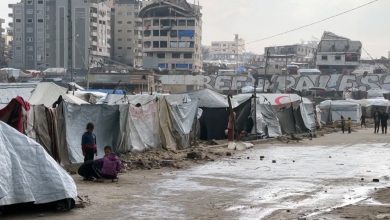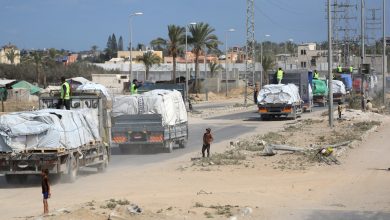Tensions are escalating in Rafah, southern Gaza Strip, concerning the fate of Hamas fighters reportedly stranded in the area. The United States is actively pursuing a resolution amidst ongoing Israeli military operations. The Israeli army announced it identified four individuals it described as “fighters” in Rafah, claiming to have killed three.
This incident underscores the complex political and military landscape in Gaza, where Israeli operations intersect with American diplomatic efforts. Concerns are growing that the situation could escalate if a solution isn’t reached before the next phase of the ceasefire agreement begins.
American mediation efforts are focused on reaching a mutually acceptable understanding. According to Israeli sources cited by Channel 13, there is a leaning towards accepting a US-brokered settlement. Israel reportedly demands the removal of the fighters from Gaza, with a proposal to transfer them to Turkey and subsequently distribute them across several countries.
According to sources, Israel views this external relocation as crucial to prevent the fighters from rearming and confronting Israeli forces in areas from which they have withdrawn. Negotiations between Ankara and Washington are reportedly underway regarding this aspect of the plan.
Mediation efforts reportedly involve key US officials. It has been reported that a contingency plan exists should current efforts fail. The recent events in Rafah could potentially jeopardize the entire agreement.
Earlier, the Israeli army released a statement claiming its forces identified four armed individuals in Rafah, killing three. No Israeli casualties were reported. Sources within the Israeli military suggest the four Palestinians were likely Hamas members trapped in tunnels beneath Rafah.
DZWatch has learned that Hamas’s military wing, the Al-Qassam Brigades, recently issued a warning to Israel against engaging with its members stranded in Rafah, stating that surrender or capture are not options for Al-Qassam fighters. The situation remains fluid and is being closely monitored by regional and international actors.




